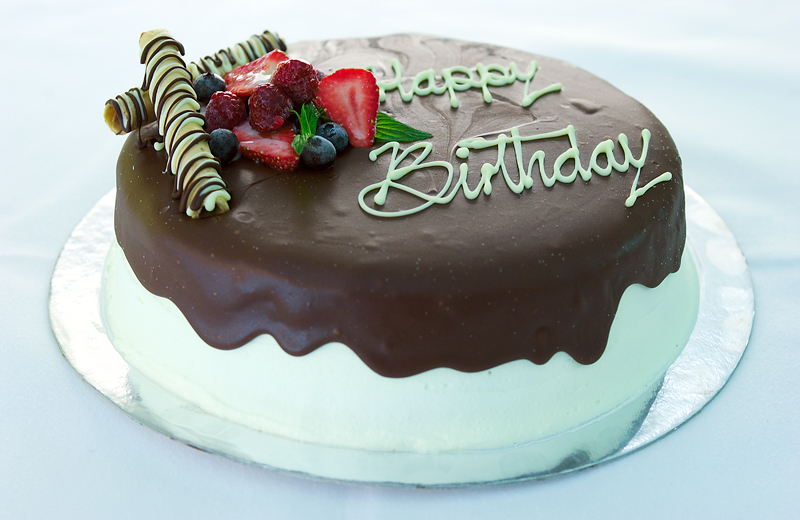From a snack cake to a multi-layered birthday cake, some basic secrets will help make every cake a success.
Use shiny metal pans. Shiny aluminum pans reflect heat away from the cake and give it a tender, light-brown crust. Dark pans can cause a thick, dark crust. Insulated pans require a longer baking time.
Use a properly sized pan. When checking the size, measure from inside edge to inside edge. A cake made in a pan that is too large can be flat and overbaked, while one made in a pan that is too small may overflow during baking or take longer to bake.
Prepare the pan according to recipe directions. Pans for butter cakes are usually greased and floured. Pans for foam cakes are usually not.
Heat the oven 10 to 15 minutes before baking.
Measure ingredients accurately. Be sure to add them in the order and manner specified in the recipe.
Don’t overbeat or underbeat the batter. Underbeating or overbeating will affect the texture and volume of the cake. These recipes have been tested using an electric mixer, which produces the highest volume, but they also may be mixed by hand. One minute of beating time with a mixer equals 150 strokes by hand.
Fill pans halfway. This will ensure that the cake bakes evenly and that the batter doesn’t overflow the pan during baking. If you’re using a special-shaped pan such as a heart or Christmas tree, measure how much batter it will hold by filling it with water. Measure the amount of water and use half that amount of batter. Extra batter can be used for cupcakes.
Carefully space pans in the oven. Place single pans in the middle of the center rack. For more than one pan, leave at least 1 inch between the pans and the sides of the oven for good air circulation. If necessary, stagger the pans on two oven racks so one is not directly above the other so that air flows evenly around them. If you are baking cakes on both racks, it’s a good idea to rotate the pans midway through the baking period. The most effective way to rotate is to turn the pans around, so that the side of the pan or baking sheet that was at the front of the oven is now at the back, and to put the top pan on the bottom rack and the bottom pan on the top. This technique makes up for any hot spots or other inconsistencies in your oven.
Cool cakes completely before filling, frosting or glazing them.
Know the number of servings per cake. If you’re baking for a group, here’s a handy guide for knowing what size cake will serve the whole crowd.
| Size of Cake | Serves |
| 8 or 9-inch square cake | 6 to 9 |
| 8 or 9-inch layer cake | 12 to 16 |
| 13 x 9-inch rectangular cake | 12 to 16 |
| 10 x 4-inch tube cake | 16 to 20 |
| 12-cup Bundt® cake | 16 to 20 |
Source: pillsburybaking.com
Follow the OSUNDOTLIFE channel on WhatsAppKindly share this story | All rights reserved. This material, and other digital content on this website, may not be reproduced, published, broadcast, rewritten or redistributed in whole or in part without prior express written permission from OSUNDOTLIFE.
Contact: editor@osun.life
WhatsApp: 📲 +2348092333666

